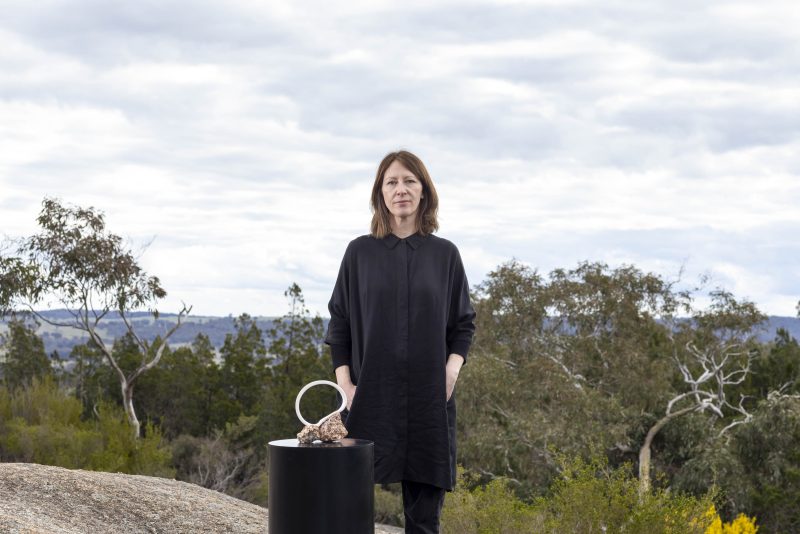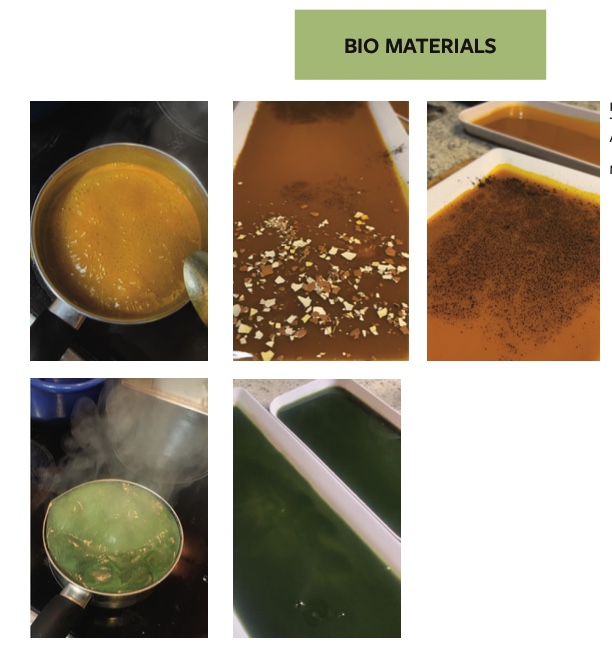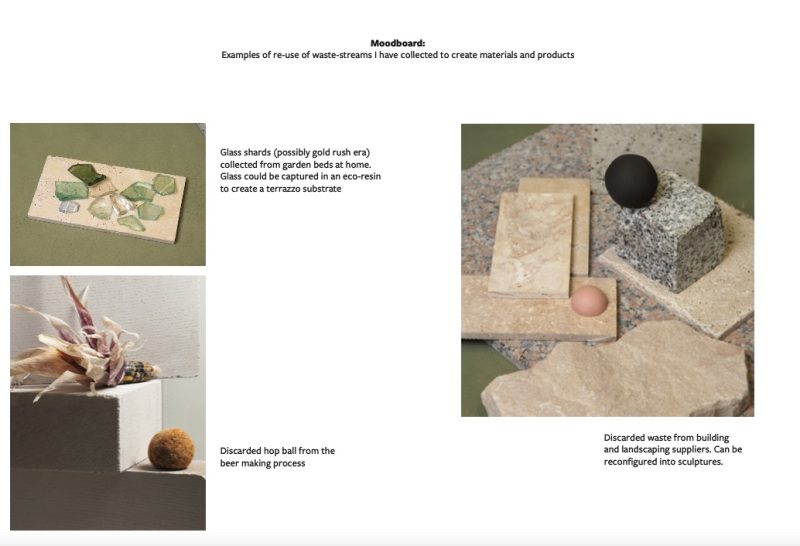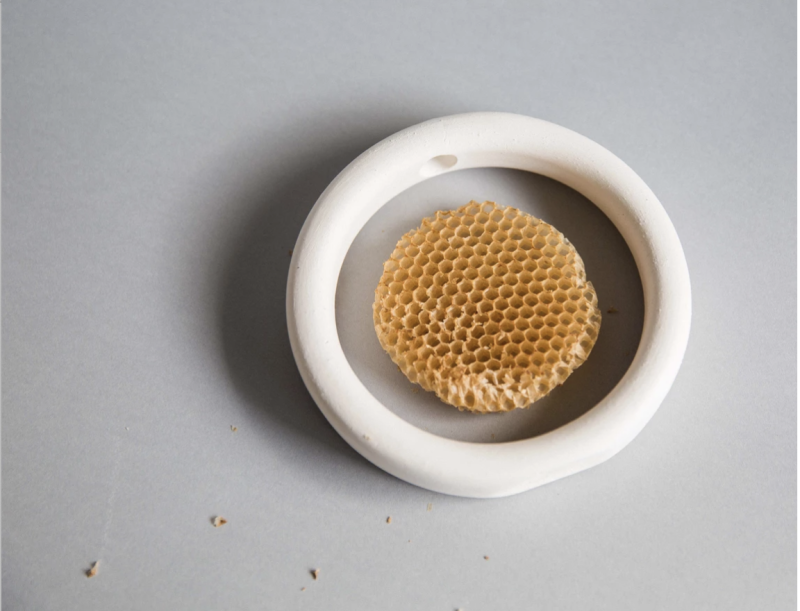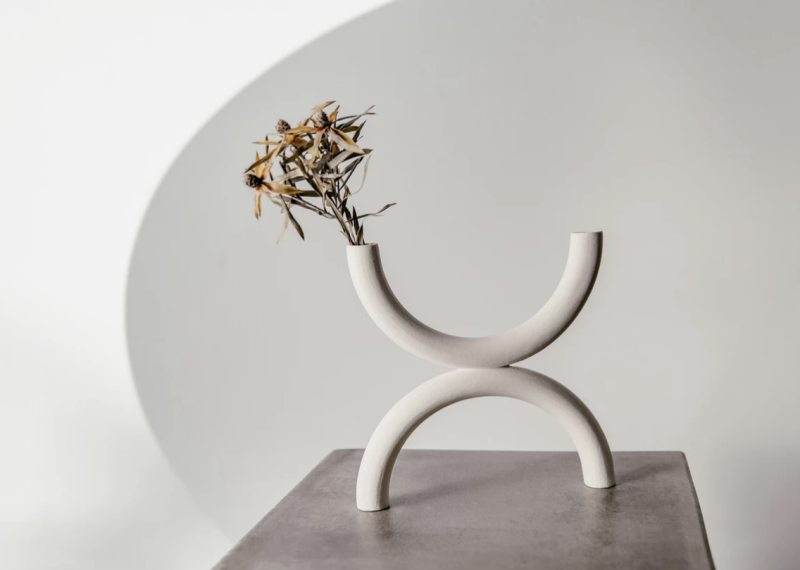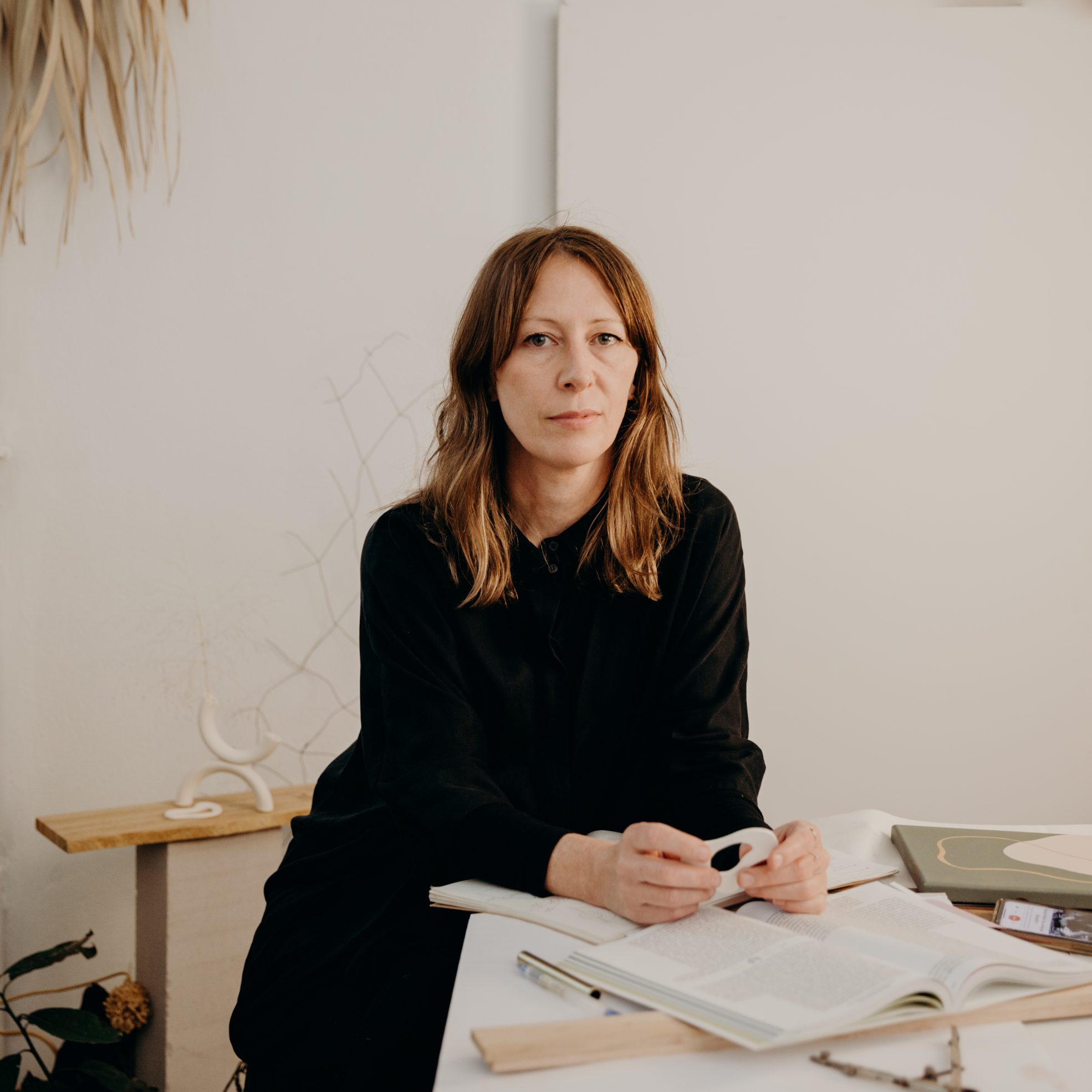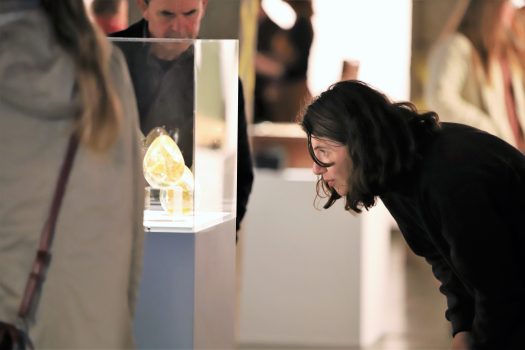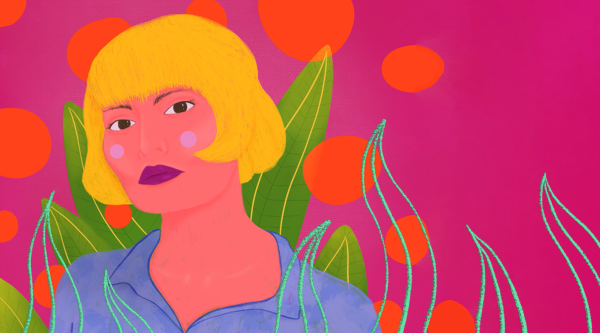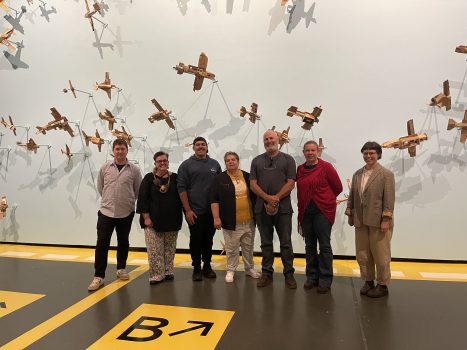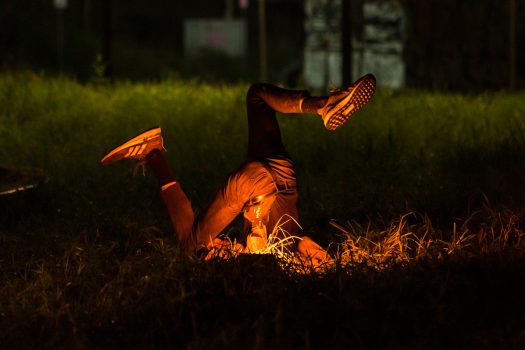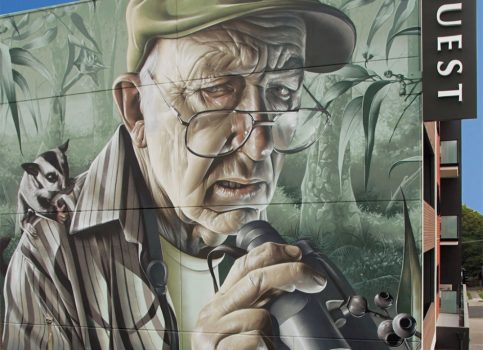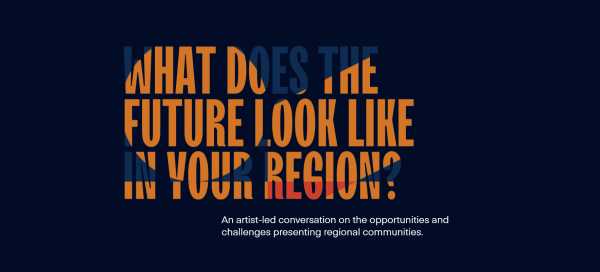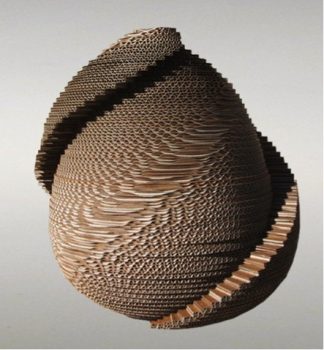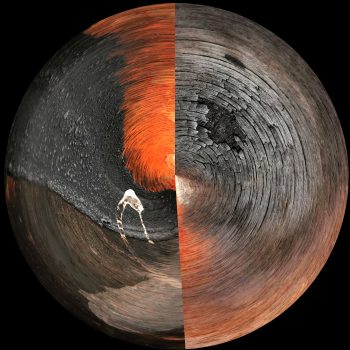Tell us about the evolution of your concept through this creative development process.
I have been able to experiment across multiple materials and begin to hone in on what aligns most with my ethos alongside giving practical outcomes. It has been an essential process as, in the beginning, I was oscillating between what the next steps should be and what area I should be focussing my energy (what first? bio-materials, waste-streams, nature-based technology etc). The oscillating had sometimes felt like a barrier. However, through the program, I have been able to experiment and come nearer to refining a framework and clearer goals.

